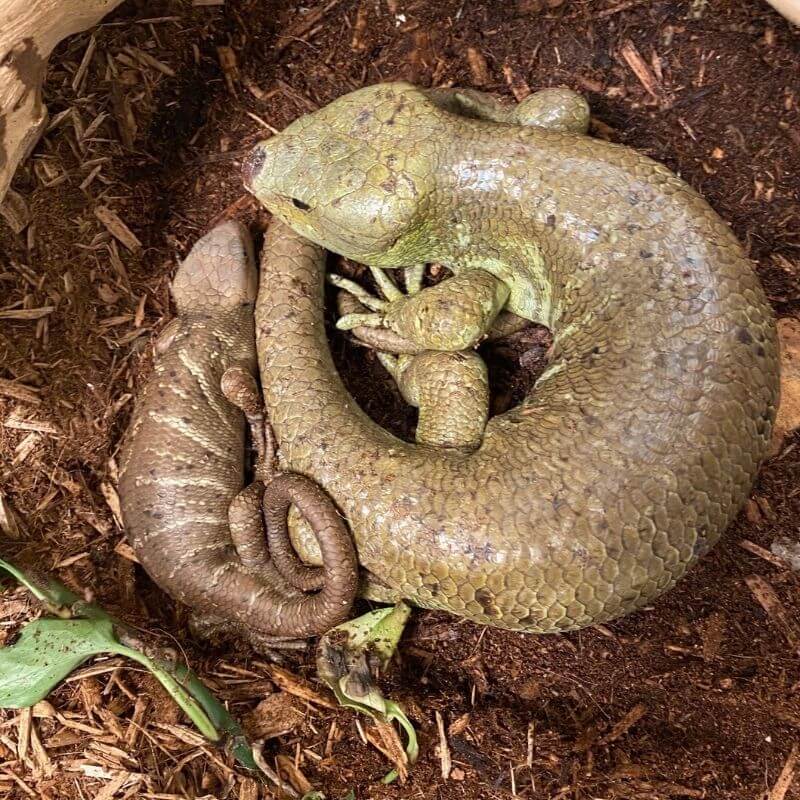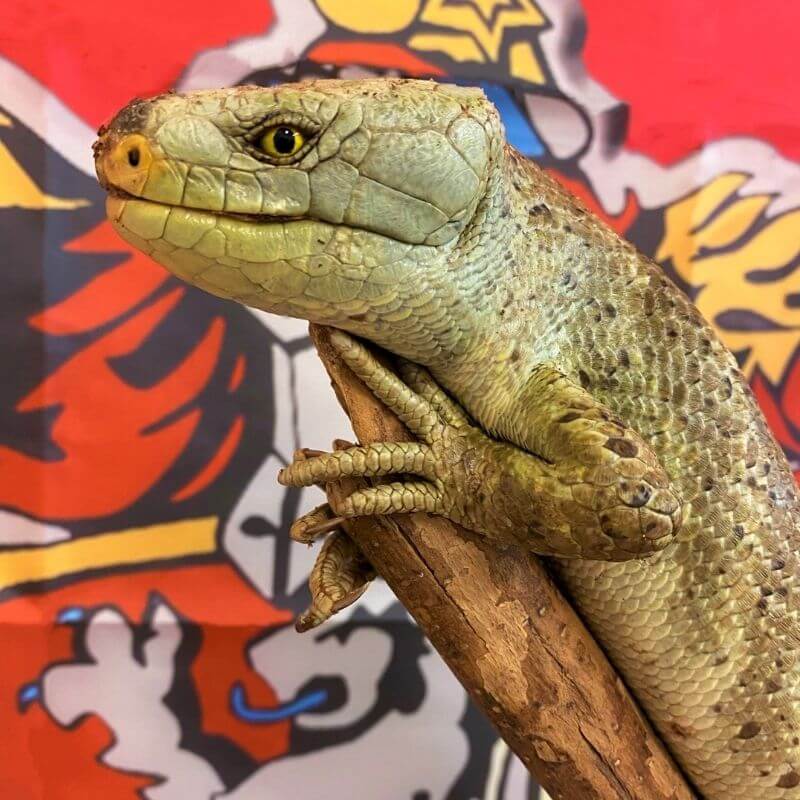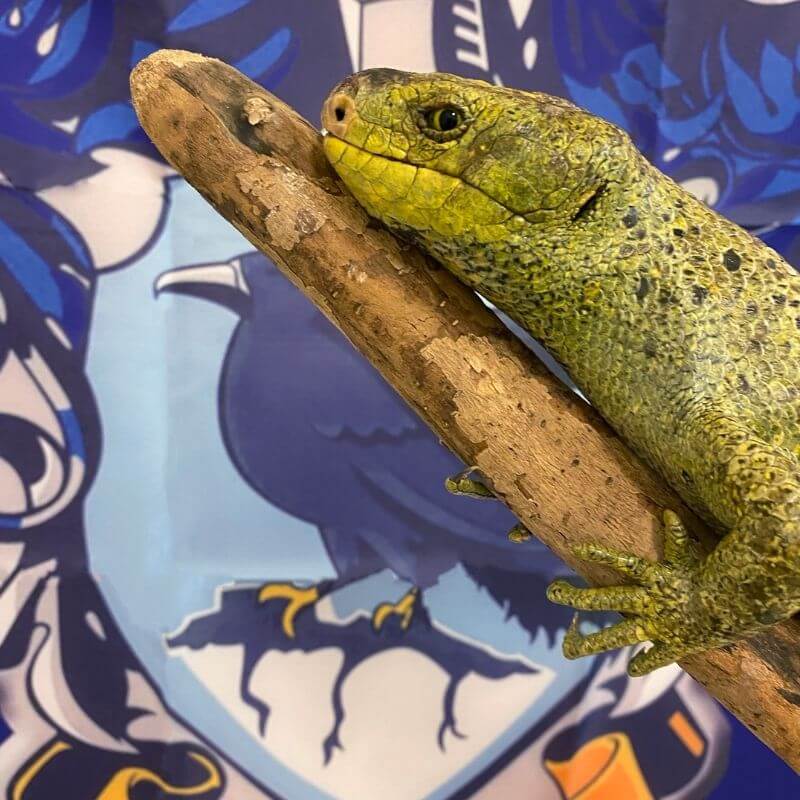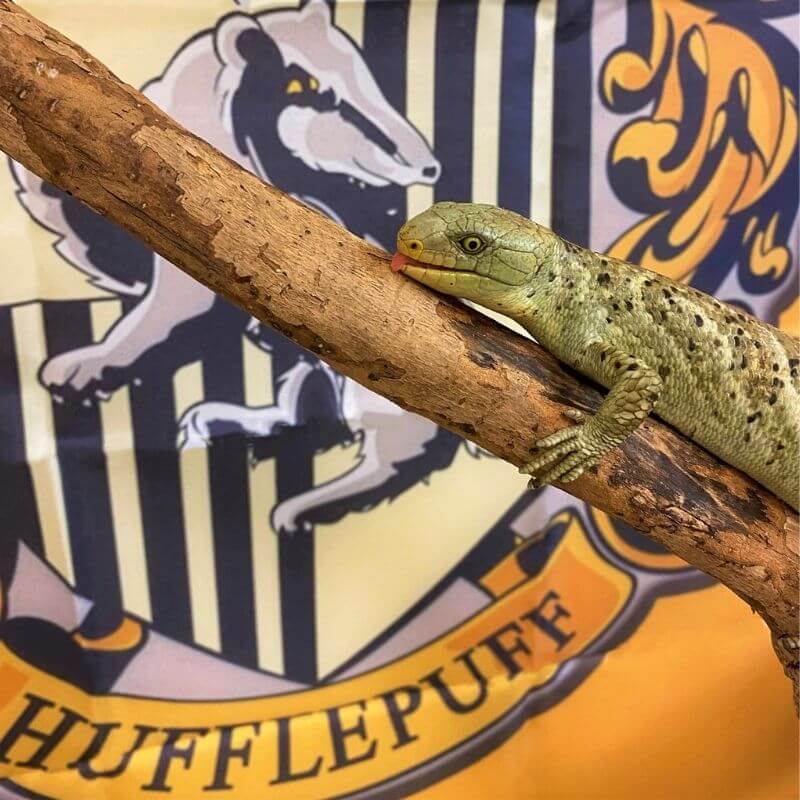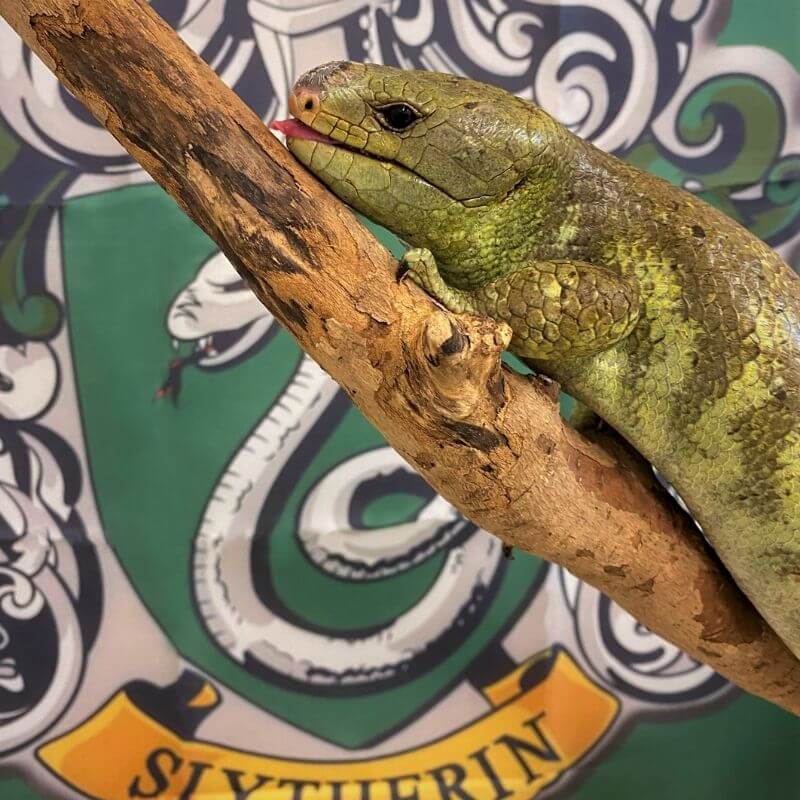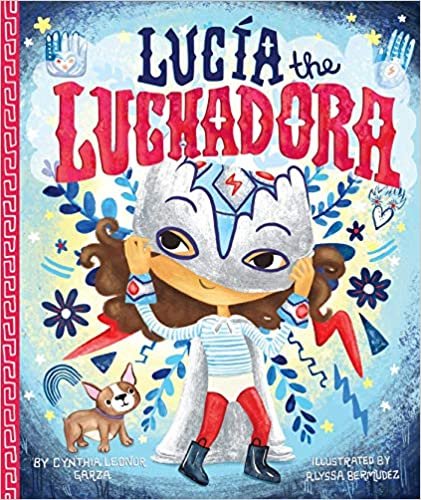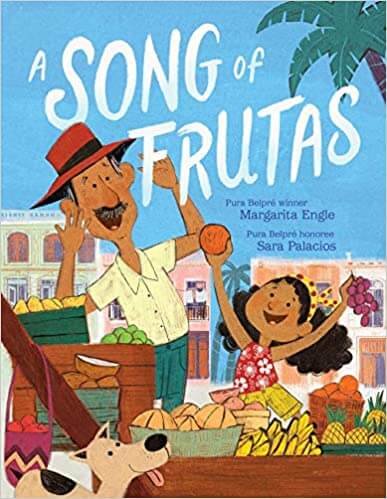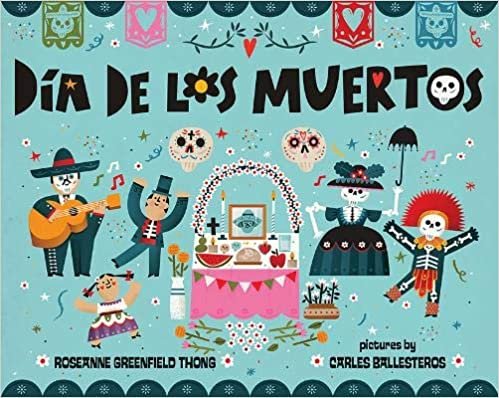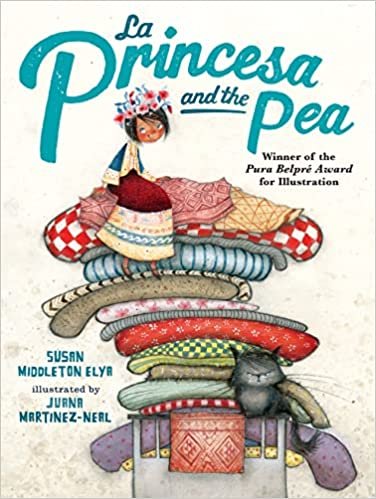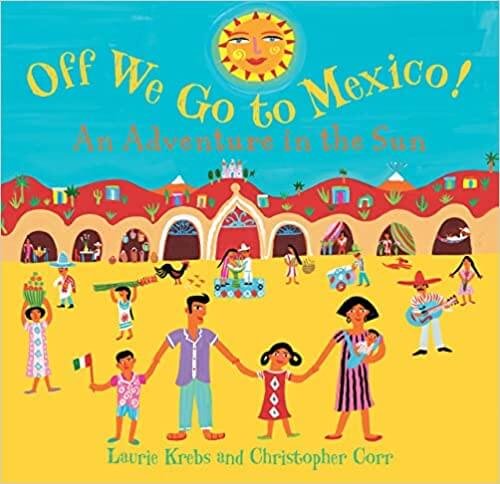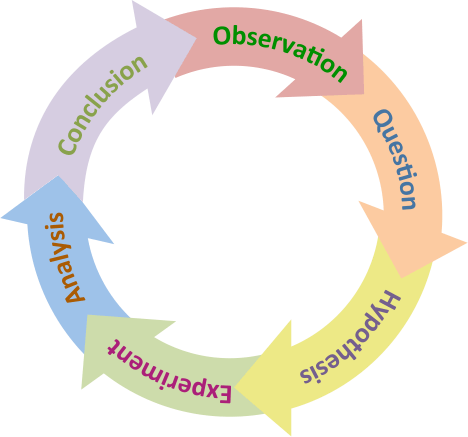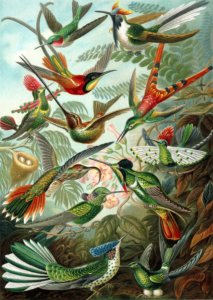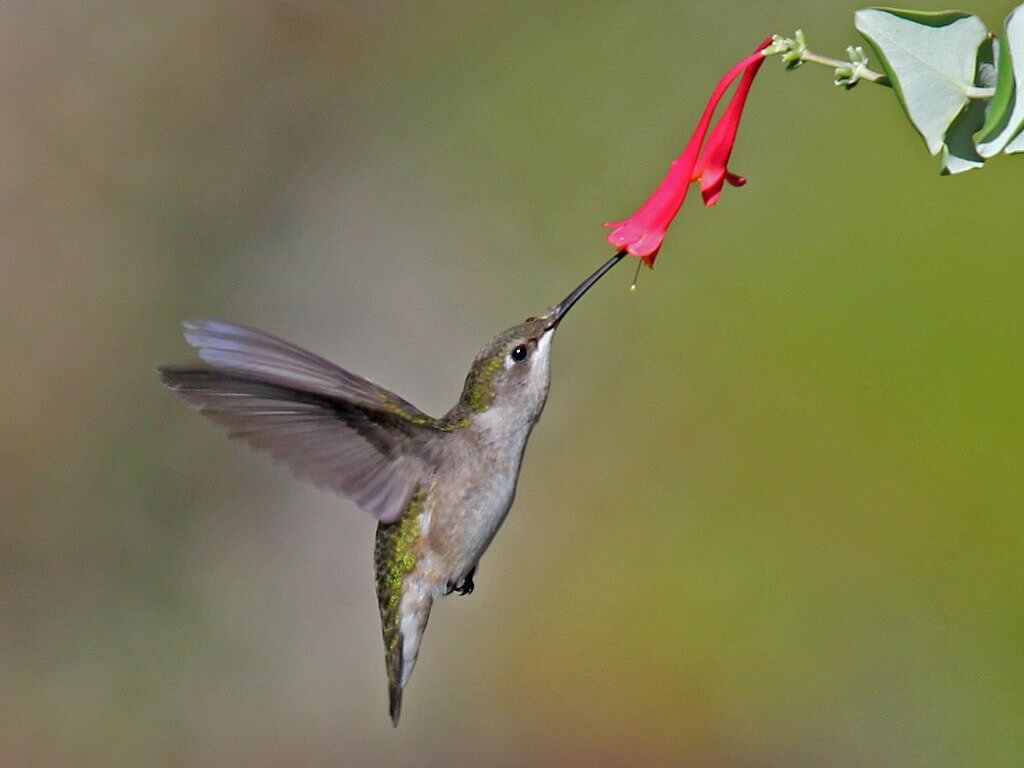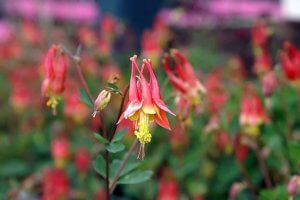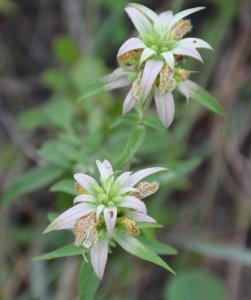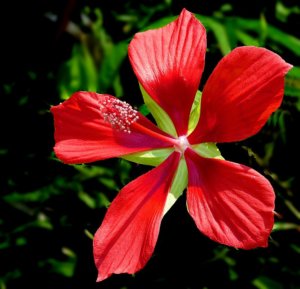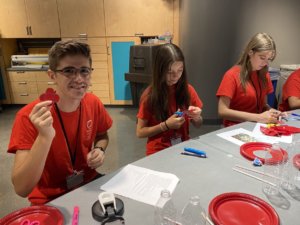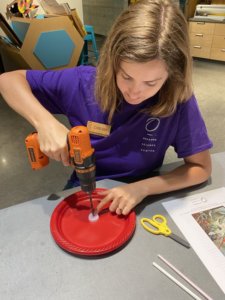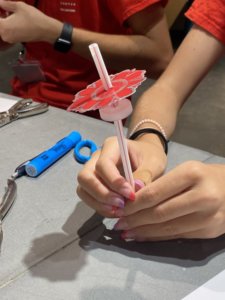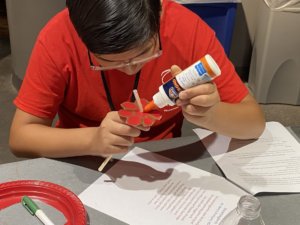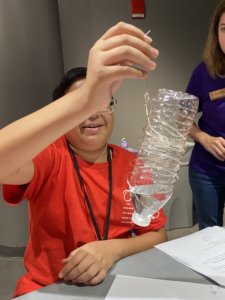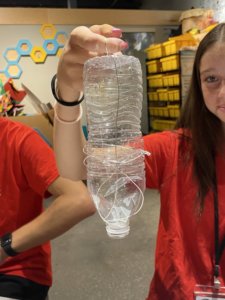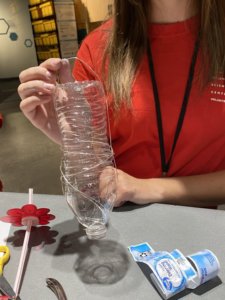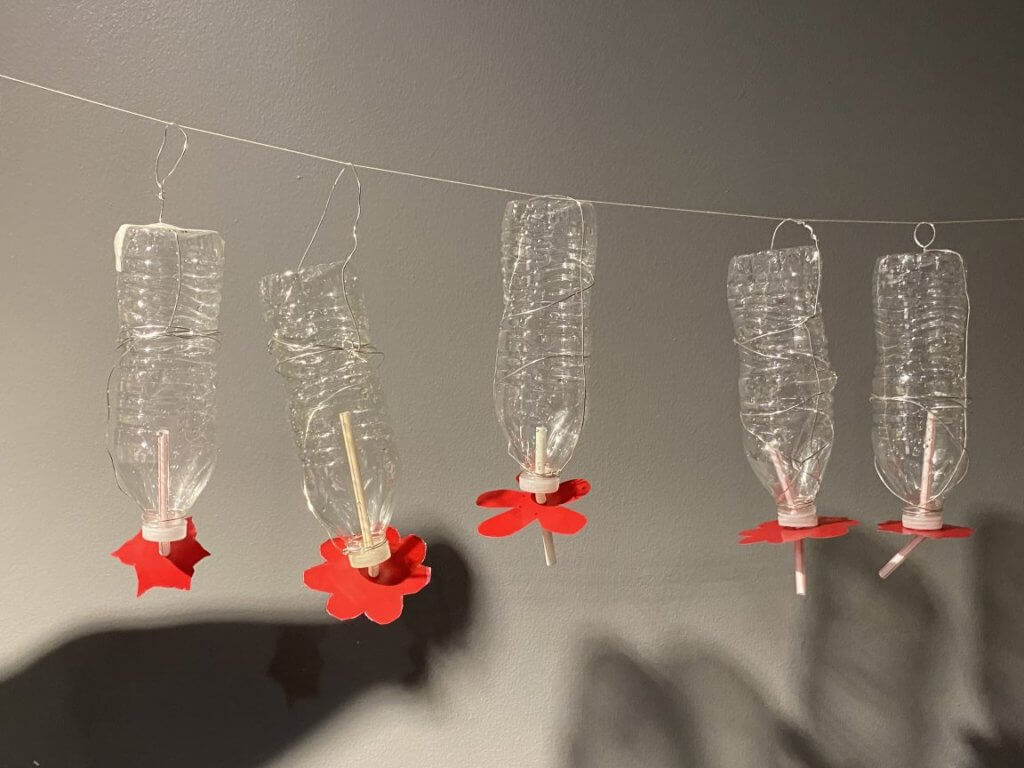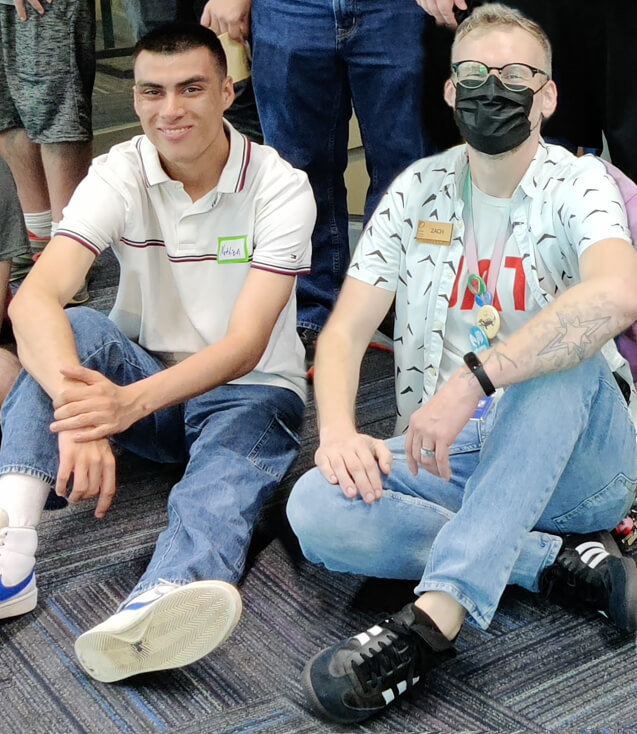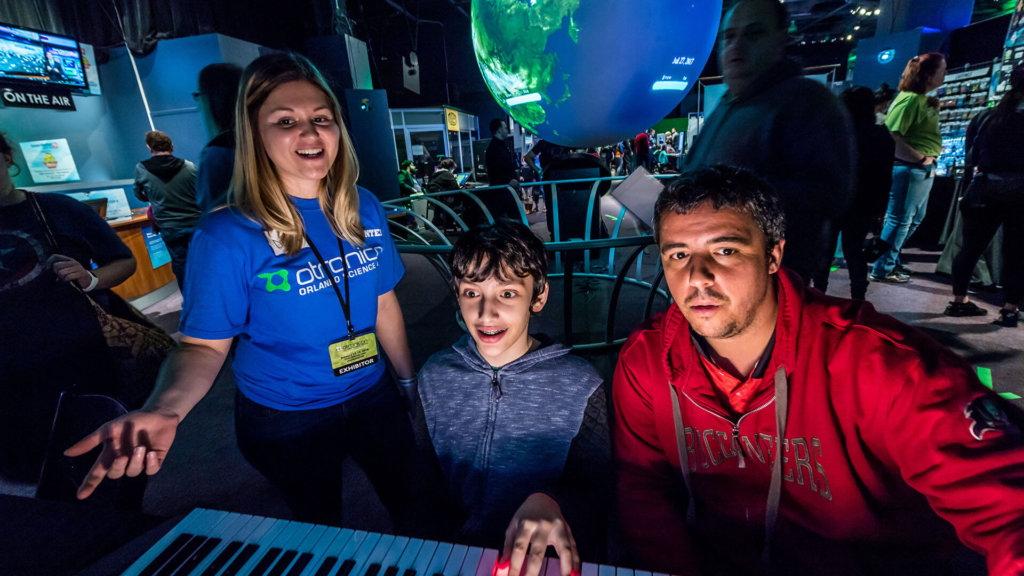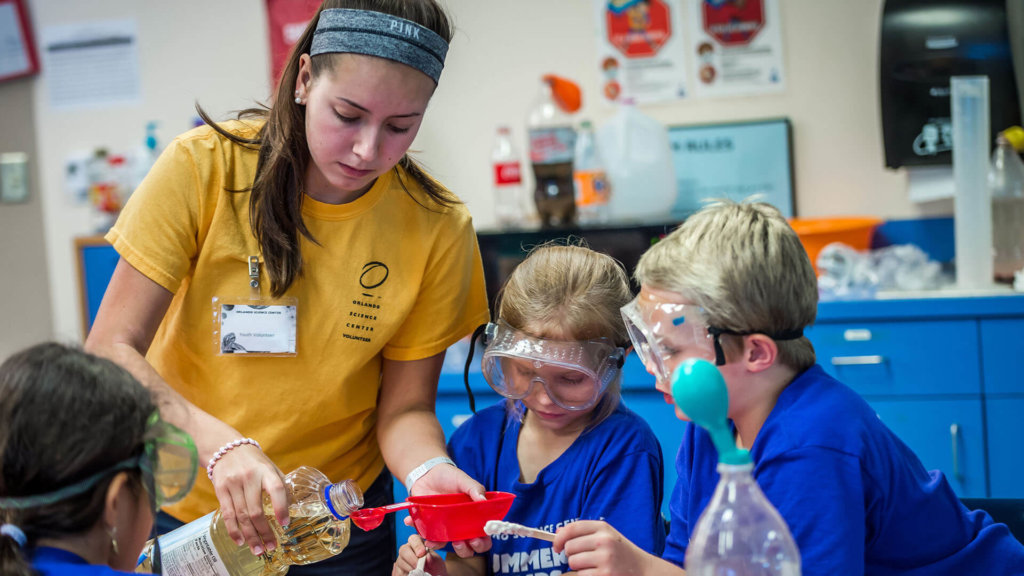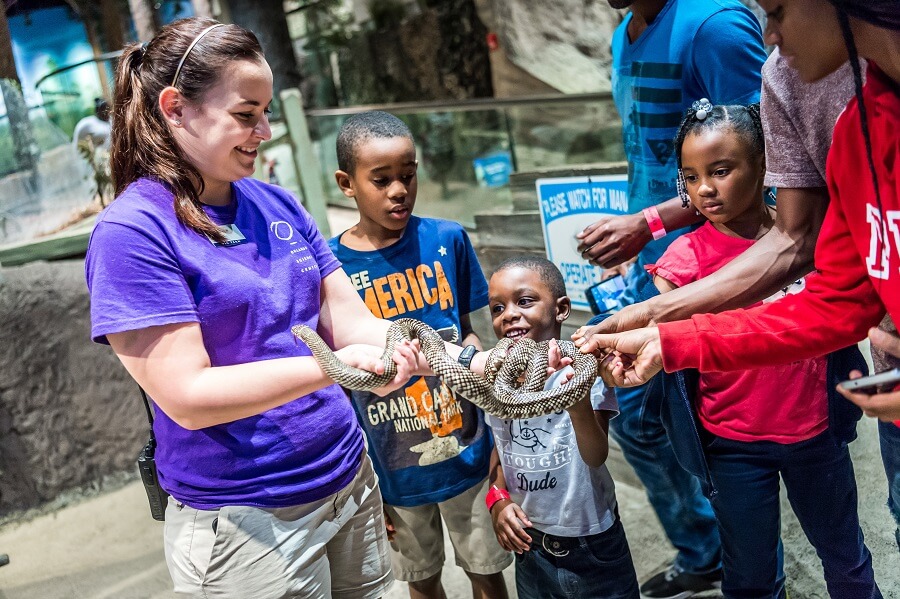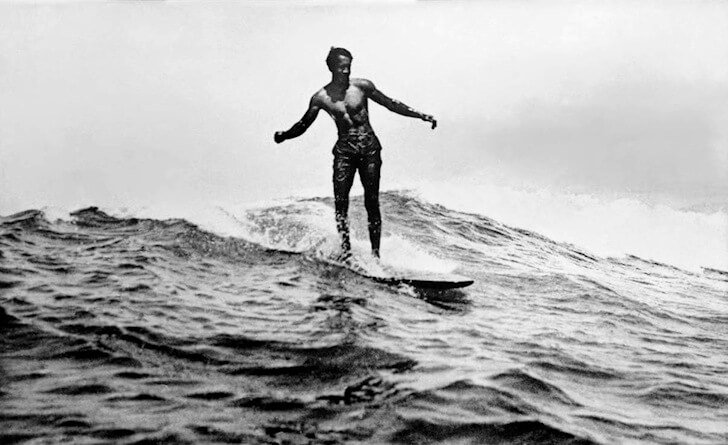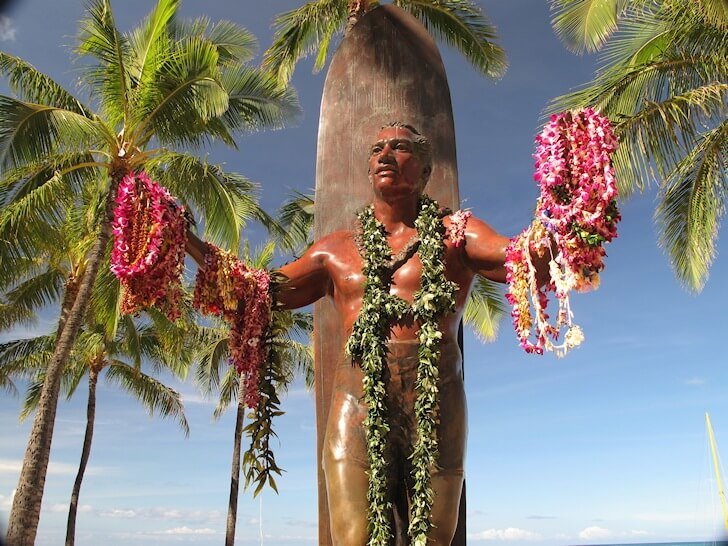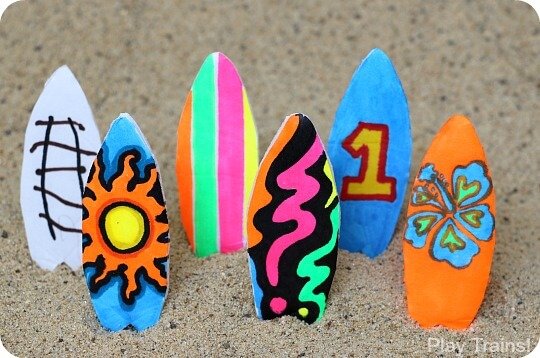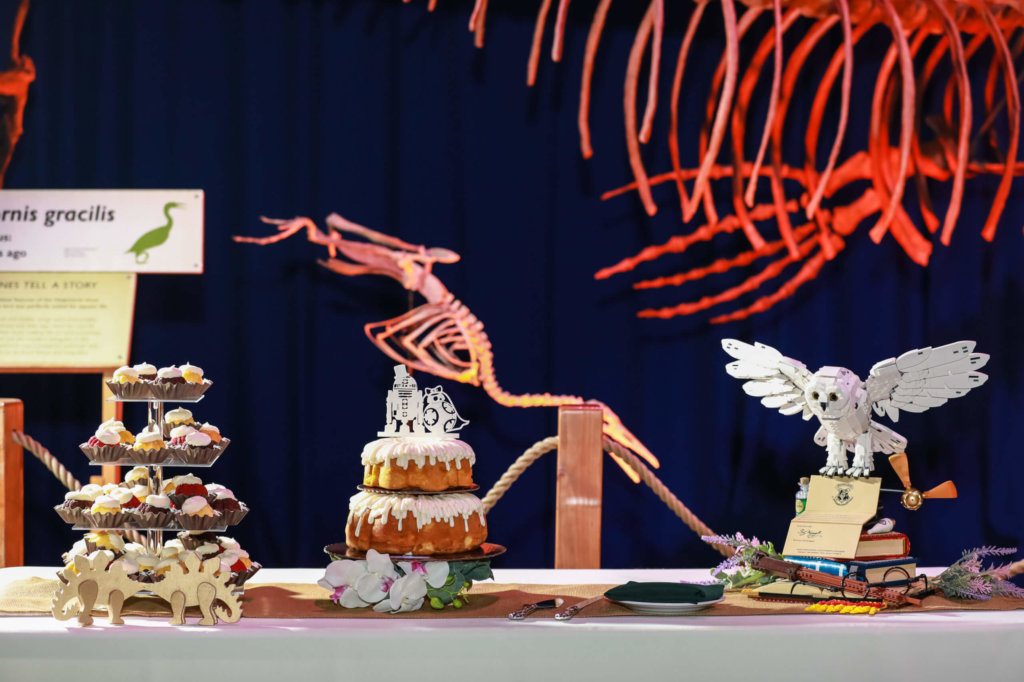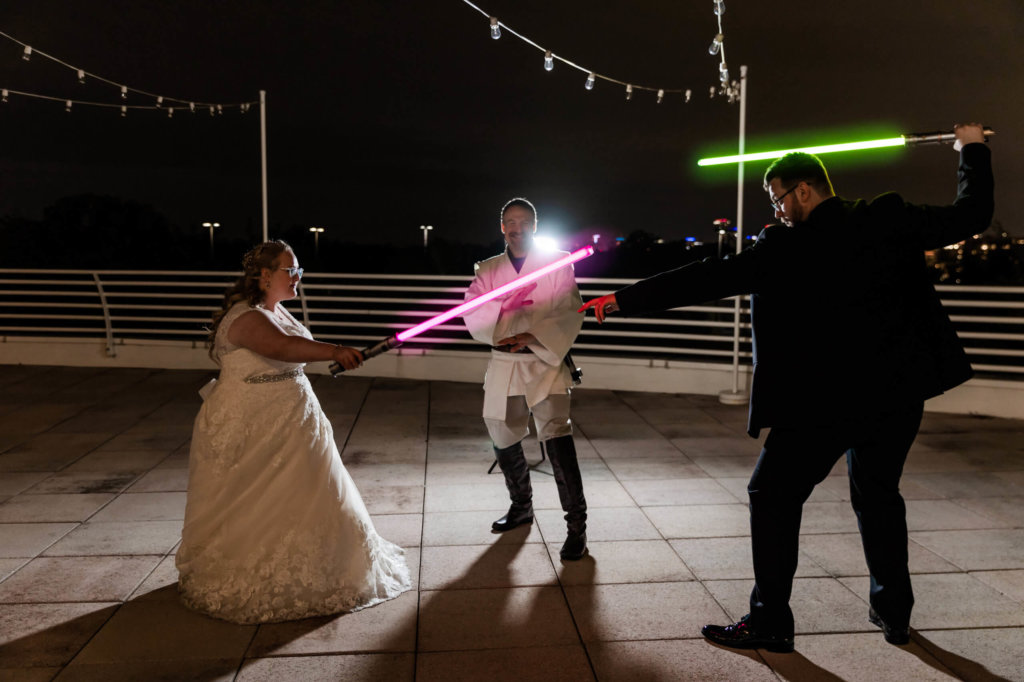Join us in celebrating Native American Heritage Month through STEAM
November marks the beginning of Native American Heritage Month, and Orlando Science Center is celebrating through STEAM by highlighting some amazing indigenous people and their incredible contributions to art and preservation!
How did Native American Heritage Month begin?
In the early 1900s, Dr. Arthur C. Parker, a member of the Seneca Nation and director of the Museum of Arts and Science in Rochester, NY, persuaded the Boy Scouts of America to set aside a day for the “First Americans.” The first official “American Indian Day” was celebrated in New York, with others following suit in 1916. In 1990, November was first declared “National American Indian History Month.”
From making moccasins to classic culinary dishes, hear directly from indigenous makers to learn about art that originated in native traditions, and the importance of preserving and celebrating cultures through STEAM!
Learn more and support these featured makers:
Celebrate Native American Heritage Month at Orlando Science Center on your next visit!
Catch a film!
Despite the rise in commercially published books and films by Native American, Indigenous, and First Nations authors and directors, Indigenous people are still underrepresented in literature, movies, and other forms of media.
Now playing in Dr. Phillips CineDome, Into America’s Wild visits some of the most beautiful landscapes of America! Set out on this journey with trailblazers – astronaut John Herrington, and Alaskan pilot and youth advocate Ariel Tweto, and long-distance hiker Jennifer Pharr Davis – who share a passion for connecting people to experiences in the wild.
Gather around for storytime!
In order for more space to be made for Native stories in media, it is important to support Native and Indigenous works. Our Early Childhood Education Specialists have shared some of their favorite picture books, check one out for your next storytime, or join us in KidsTown on your next visit!
- Sweetest Kulu by llustrated by Alexandria Neonakis
- We Are Water Protectors by Carole Lindstrom, illustrated by Michaela Goade.
- When We Were Alone by David Robertson, illustrated by Julie Flett
- The Sharing Circle: Stories about First Nations Culture by
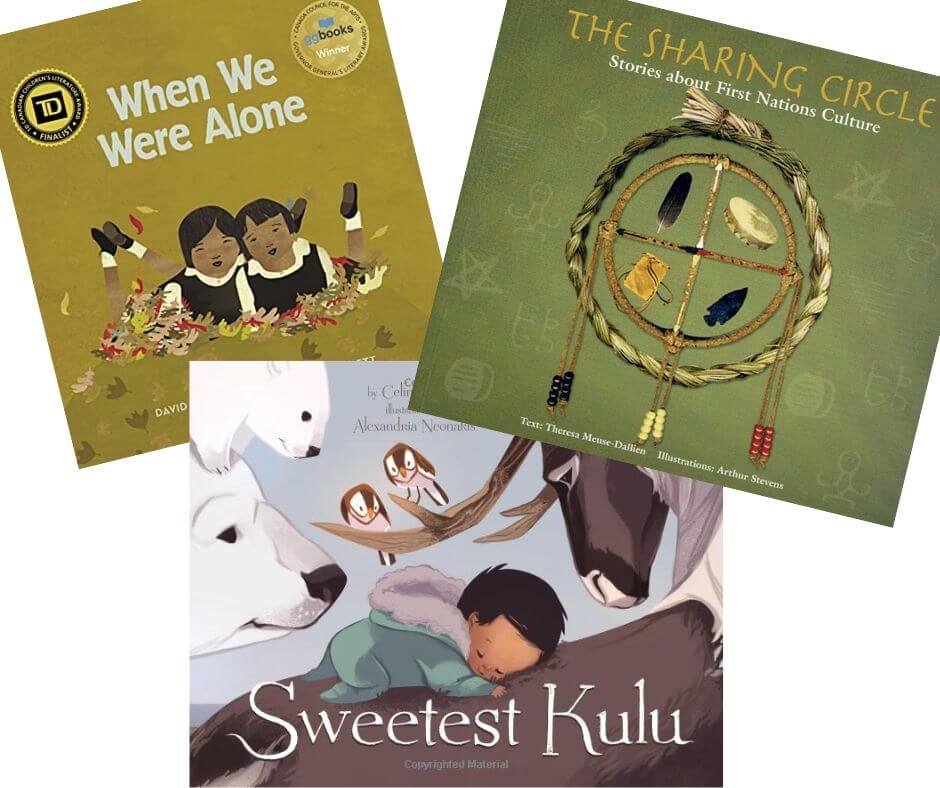
Tweet about it!
Did you know that Purple Martins famously don't build their own nests?
Learn out how Native tribes shaped Purple Martin birds, their nesting habits and how we can better practice conservation efforts for migratory birds!
